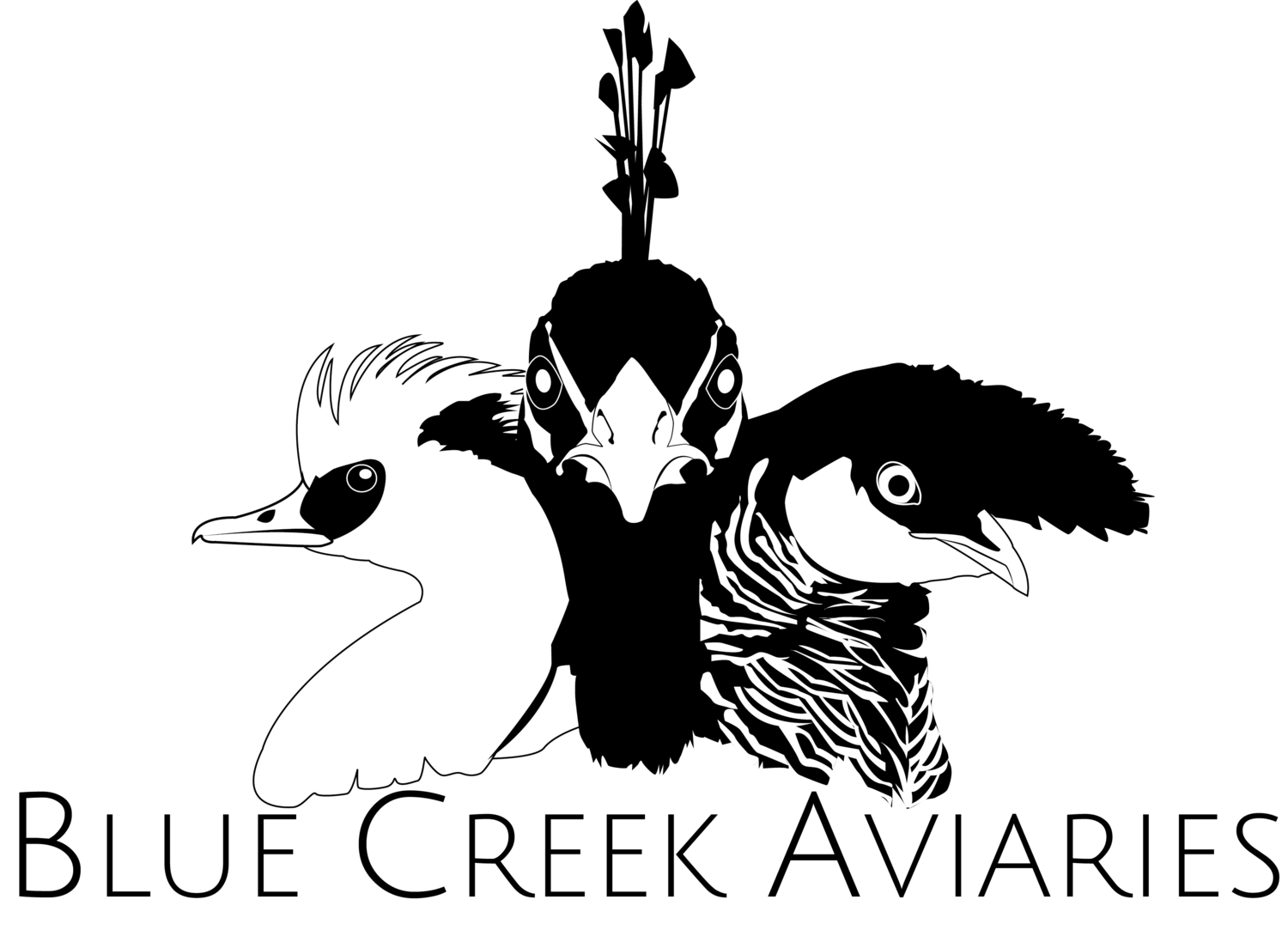Smew
Smew (Mergellus albellus) are diving ducks found in the northern taiga of Europe and Asia, regions where it can get quite cold. These ducks prove to be very hardy and survive in our northern climate readily. The drake has a mainly white body with distinct black markings, producing a visually appealing contrast. The females, in my opinion, are not as drab as in other species of waterfowl; they are gray with a chestnut forehead and crown. Both sexes have a slender, hooked bill with serrated edges, allowing them to easily catch fish. The ducklings are mainly black with white patches symmetrically distributed on their bodies.
Smew are classified as Least Concern; however, their population is slowly declining due to things like oil pollution. In captivity, this duck requires clean water that is deep enough to dive in (I would recommend no less than 18 inches of water). They are enjoyable to watch, especially when they dive, but they are not for beginner aviculturists (I recommend starting with a more forgiving diving duck, such as one from the pochard family). Smew require higher amounts of protein to substitute for all of the fish they eat in the wild. An easy way of adding protein to their diet is purchasing minnows and releasing them in their pond. It’s entertaining to watch and beneficial enrichment for the ducks. Care should be taken to make sure that smew do not hybridize with goldeneye or hooded merganser.
My smew are late layers; I typically get eggs towards the later half of May. They lay six to nine eggs in elevated nest boxes. I have the best luck with letting the female naturally incubate her eggs (incubation period of 28 days). I prefer having one clutch and letting the females naturally incubate rather than obtaining two clutches and artificially incubating them with potentially lower success. Even with the natural approach, the ducklings can be removed from the nest upon hatch to be reared in a wet brooder, but I have had great luck letting females raise their own ducklings. Mazuri Waterfowl Starter is a must for this species, and they must be wet brooded. It helps to sprinkle the starter on the water to get them eating, and I also utilize live mealworms and frozen bloodworms and brine shrimp in the water to stimulate the ducklings to eat. Even the little ducklings sure can dive! Smew are definitely not an easy duck to raise, but they are one of my favorite duck species.
